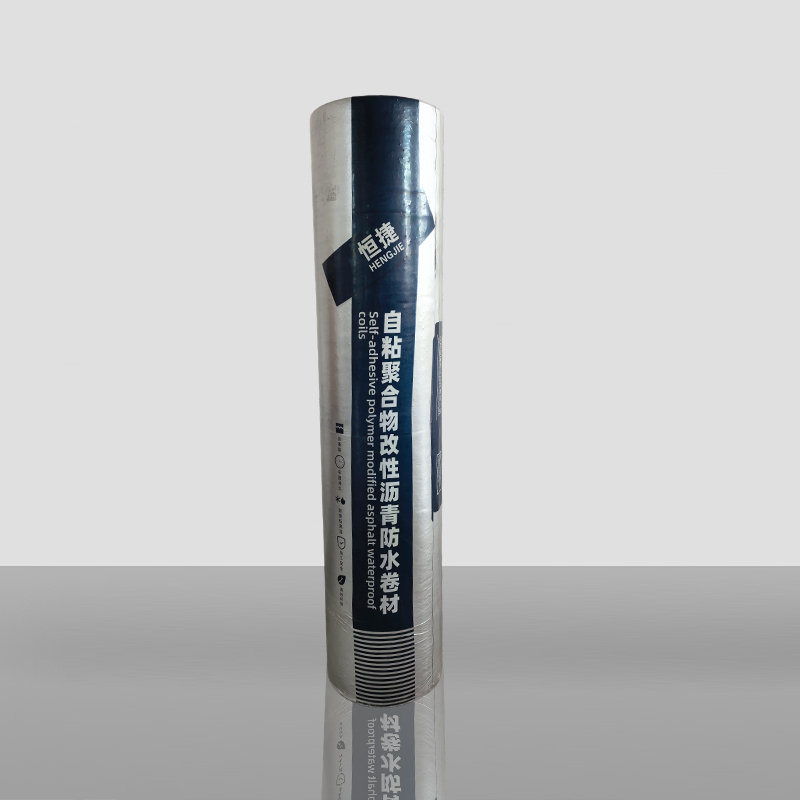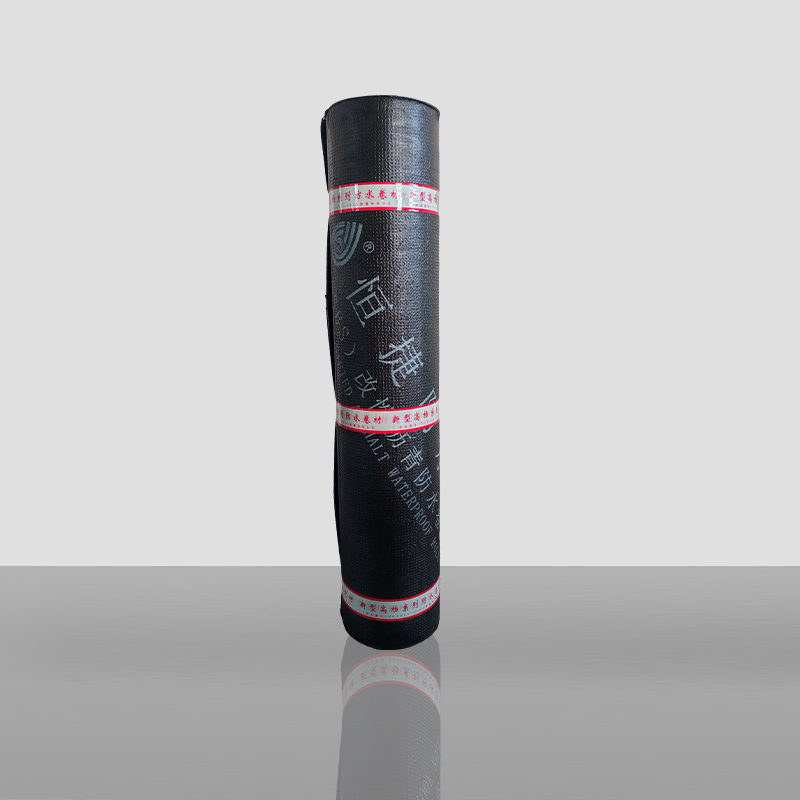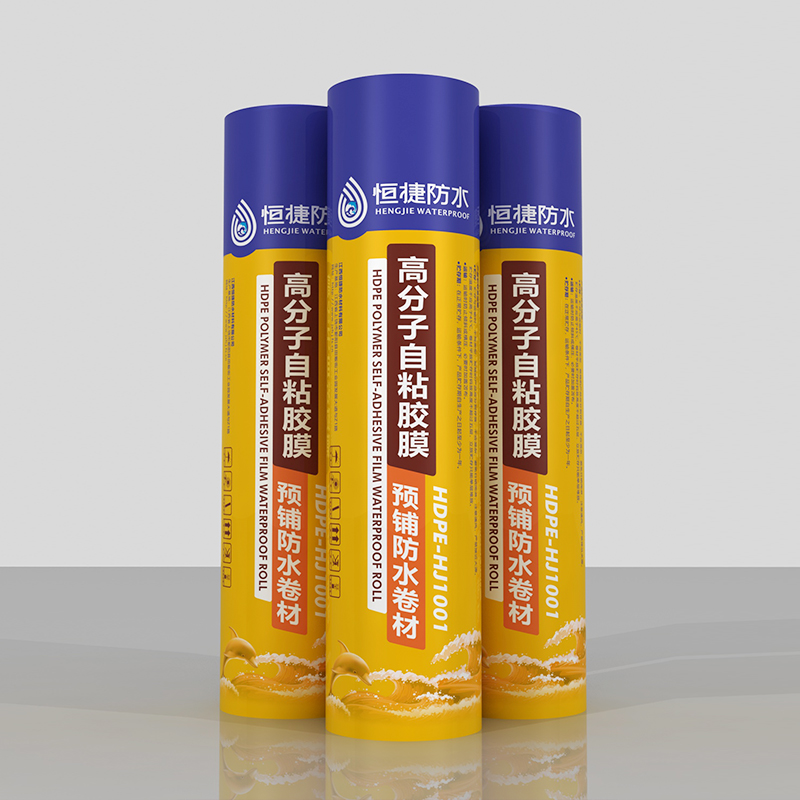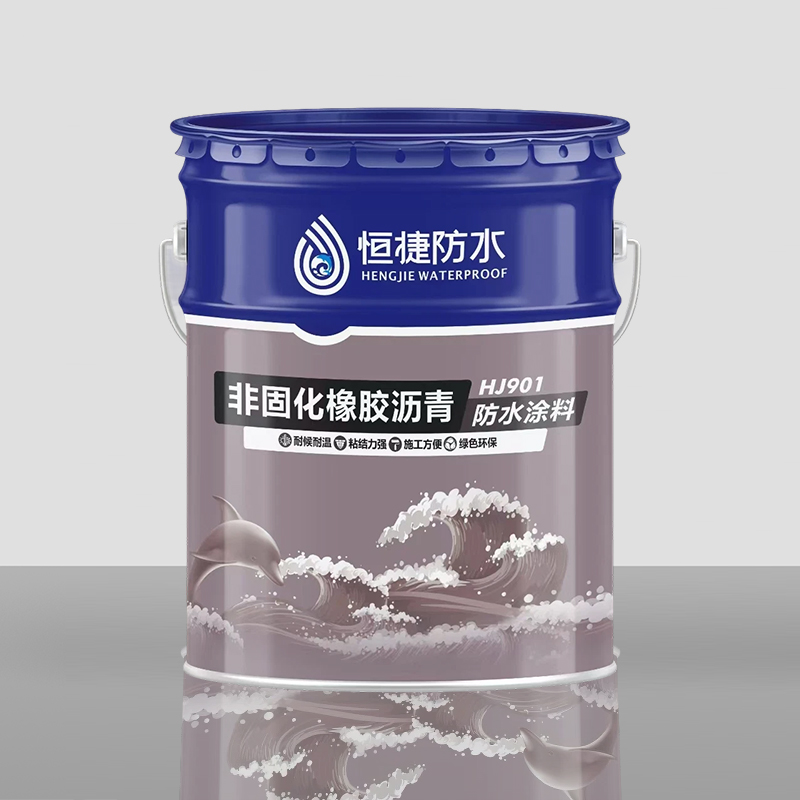What key steps should be taken into consideration when rolling polymer liquid membrane?
Release Time : 2025-08-12
Rolling polymer liquid membrane is a skill-intensive and meticulous process, especially for projects that demand high-quality waterproofing. First, preparation is crucial for ensuring a quality application. Before rolling, the substrate must be thoroughly cleaned to remove dust, oil, and any other impurities that could affect adhesion. Also, inspect the substrate for cracks or uneven areas, repairing and smoothing them to ensure even distribution of the coating.
Next, it's important to select the appropriate tools and equipment. The choice of roller is particularly important. Different materials and lengths of bristles are suitable for different paints and surfaces. Generally, for delicate materials like polymer liquid membrane, a medium-long bristle roller ensures even application and allows for easier control of coating thickness. Additionally, it's important to have sufficient trays available to facilitate transfer of paint from the bucket to the roller without wasting.
During the actual rolling process, proper technique is crucial. Initially, lightly dip the roller into the paint and roll it over the edge of the tray a few times to remove excess paint. This is to avoid excessive coating at once, which could result in dripping or over-coating. When rolling, maintain a moderate speed and pressure to ensure a uniform, continuous film. In particular, you may need to use a brush to ensure adequate coverage in corners, seams, and hard-to-reach areas.
Maintaining a clean work environment is also crucial throughout the application process. Avoid working in windy or dusty conditions, as this can cause dust to settle on the wet membrane, affecting the final coating quality. If conditions permit, work indoors or under temporary shelter to minimize external interference.
Another important point is to regularly inspect the coated area during application. Although polymer liquid membrane has excellent self-leveling properties, uneven coating thickness or missed areas can occur during application due to human error or other unforeseen circumstances. Therefore, operators should make it a habit to regularly inspect the coating and remedy any issues immediately.
Finally, after rolling, allow sufficient time for the coating to dry naturally. While this stage may seem simple, it's crucial. Proper ventilation can help speed the drying process, but strong winds should be avoided to prevent damage to the uncured coating structure. Adjusting the drying time based on weather conditions is also essential; for example, on days with high humidity, extended drying times may be necessary to ensure optimal coating condition.
In short, through careful preparation, meticulous application, and ongoing maintenance, roller coating techniques can fully leverage the advantages of polymer liquid membranes, providing durable and reliable waterproofing for a wide range of structures. Whether applied on roofs, bathrooms, or kitchens, properly implemented roller coating significantly improves project quality and meets the user's demands for both aesthetics and practicality.
Next, it's important to select the appropriate tools and equipment. The choice of roller is particularly important. Different materials and lengths of bristles are suitable for different paints and surfaces. Generally, for delicate materials like polymer liquid membrane, a medium-long bristle roller ensures even application and allows for easier control of coating thickness. Additionally, it's important to have sufficient trays available to facilitate transfer of paint from the bucket to the roller without wasting.
During the actual rolling process, proper technique is crucial. Initially, lightly dip the roller into the paint and roll it over the edge of the tray a few times to remove excess paint. This is to avoid excessive coating at once, which could result in dripping or over-coating. When rolling, maintain a moderate speed and pressure to ensure a uniform, continuous film. In particular, you may need to use a brush to ensure adequate coverage in corners, seams, and hard-to-reach areas.
Maintaining a clean work environment is also crucial throughout the application process. Avoid working in windy or dusty conditions, as this can cause dust to settle on the wet membrane, affecting the final coating quality. If conditions permit, work indoors or under temporary shelter to minimize external interference.
Another important point is to regularly inspect the coated area during application. Although polymer liquid membrane has excellent self-leveling properties, uneven coating thickness or missed areas can occur during application due to human error or other unforeseen circumstances. Therefore, operators should make it a habit to regularly inspect the coating and remedy any issues immediately.
Finally, after rolling, allow sufficient time for the coating to dry naturally. While this stage may seem simple, it's crucial. Proper ventilation can help speed the drying process, but strong winds should be avoided to prevent damage to the uncured coating structure. Adjusting the drying time based on weather conditions is also essential; for example, on days with high humidity, extended drying times may be necessary to ensure optimal coating condition.
In short, through careful preparation, meticulous application, and ongoing maintenance, roller coating techniques can fully leverage the advantages of polymer liquid membranes, providing durable and reliable waterproofing for a wide range of structures. Whether applied on roofs, bathrooms, or kitchens, properly implemented roller coating significantly improves project quality and meets the user's demands for both aesthetics and practicality.







